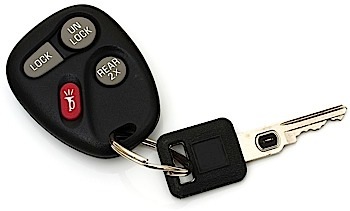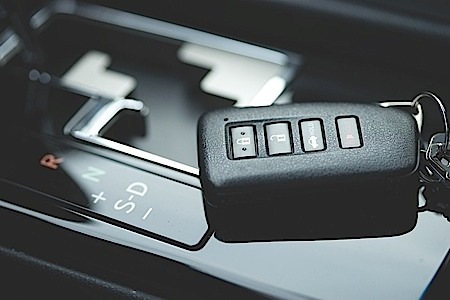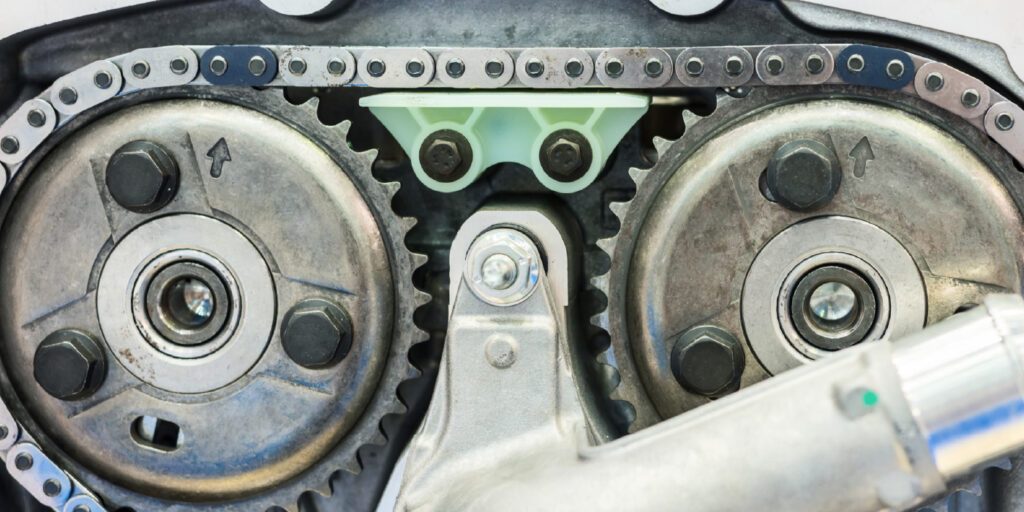The electric starter motor took the place of the hand crank a long time ago. Although, the actual starter motor has improved quite a bit over time, its function is still the same. Just like most of the systems in today’s cars, the simplicity of the basic functions of a circuit remains the same, but the way that it gets its current/voltage from point A to point B is quite different from years past.
Today’s vehicle can have numerous additional features to the starting systems. Remote start, auto start and auto cranking are just a few. And, with a lot of these systems, an anti-theft system is directly involved with the operation of the starter motor.
Starting the Starter Diagnostics
Visually checking battery connections is the first place to go, obviously — without a good battery (12.6v at 70F °) you can’t properly diagnose the rest of the system. Clicking, chattering or a snap and then no voltage registering are good indications of probable connection failures.
A wiring diagram is the next best source of information. With a lot of vehicles today a starter relay is involved rather than a connection straight from the neutral safety switch. However, the relay may be controlled by a PCM or a theft-control system. This is something you’ll have to research through the wiring diagrams.
So, you’ve checked out the wiring diagram, determined that it is a PCM controlled signal, and that this vehicle uses a factory theft system as well. How do you eliminate each of the different processes needed to get the starter to spin? That’s a good question, because it’s not as easy as merely looking at the wiring diagrams. You’ll also have to know the process the manufacturer uses for the starter/theft system operation. This may not be clear on a wiring diagram, but should be on the description pages of the starter or thef t systems. You’ll need to study all this information in order to properly diagnose the starting system.
t systems. You’ll need to study all this information in order to properly diagnose the starting system.
Theft Systems/Starting System Diagnostics
Getting into the theft side of a no-crank condition is unique for every different make and type of car, not only for each different manufacturer, but also for their different models as well as the year of manufacturing.
GM for example, has used several variations of its VATS system over the years, and with each progressive change, the systems get more elaborate than before. The first systems used 15 different resistor pellets embedded into the key. These early systems had one major drawback, which was the two small (usually white) wires that would break off from the key tumbler.
Transponders
The transponder key has taken over as the norm these days. The transponder is nothing more than a radio signal that projects its signature code to a pickup coil unit mounted around the key tumbler. But, with the variety of systems out there, you’ll need to figure out what generation of theft system is used in the vehicle you’re working on.
My preferred method is to go to oem1stop.com and find the manufacturer of that vehicle, or to go to nastf.org. This is where you’ll find the security info and the tools you’ll need to program keys directly from the manufacturers.
Once you find the information on what type of theft system is on the particular car in your service bay, you’ll be able to proceed with the proper steps in diagnosing the no-crank condition. For instance, on the Ford page, you’ll find the “programming and initialization” page. Even though some of the sections require a fee, there is still a lot of information there for free if you click on that heading, such as the section that lists the various vehicles and the type of theft system they were manufactured with. This way you’ll know before getting too deep into the diagnostic procedures whether or not that particular car has a starter interrupt, auto start or is PCM controlled.
Programming Keys
Obviously, a key that isn’t programmed to the car isn’t going to start it. And, if that’s the issue you’re having, there are ways to solve this problem without having to send the car on another tow truck ride. You could invest in the various factory scanners to do the job, or you could see if there is a way to program a key without the use of a scanner.
Go to aloa.org (Associated Locksmiths of America). This is not a free site, however, after you pay for the service and pass the background check, you’ll be able to receive the needed information to program keys without having to have the actual factory tool. For many independent shops that work on a variety of models and do a lot of key programming, this could be invaluable. In addition to the various methods for reprogramming keys, you’ll also be able to find out about any special tools required and where to source those tools.
Starter Immobilization Quick Test
Let’s say you just can’t get on the websites to find out whether or not the car in your service bay has a starter interrupt feature or not, but it does use a transponder key. Try this little trick. Assuming it does start before you try this, remove the key and cover the transponder part of the key (entirely) with aluminum foil. The foil will block the radio frequency from the key to be passed onto the pickup that surrounds the lock cylinder. If the car is equipped with the starter immobilization and you try to start it with this “aluminum key,” the starter shouldn’t spin, and the security light will continuously be flashing. It’s not fool-proof, but it will help you eliminate the guess work of whether or not the car is equipped with a starter immobilization.
It truly is a global market these days, and so are the diagnostics. No longer can one book or one method solve the majority of diagnostic issues. You have to be diversified and know how to navigate a manufacturer’s website as well as handle the various other tools of the trade. Having the right websites, diagnostic tools, and information at your disposal is what will make the difference in helping you solve issues with today’s cars.












